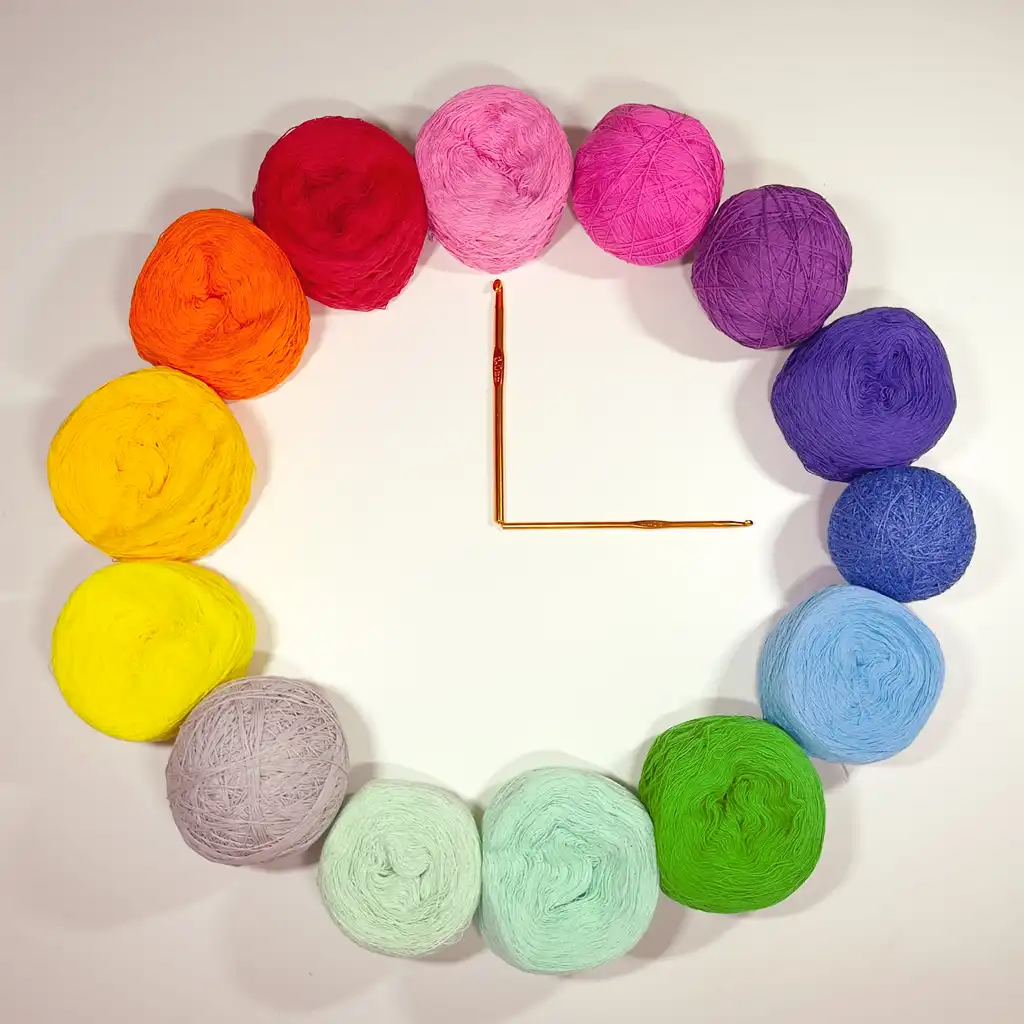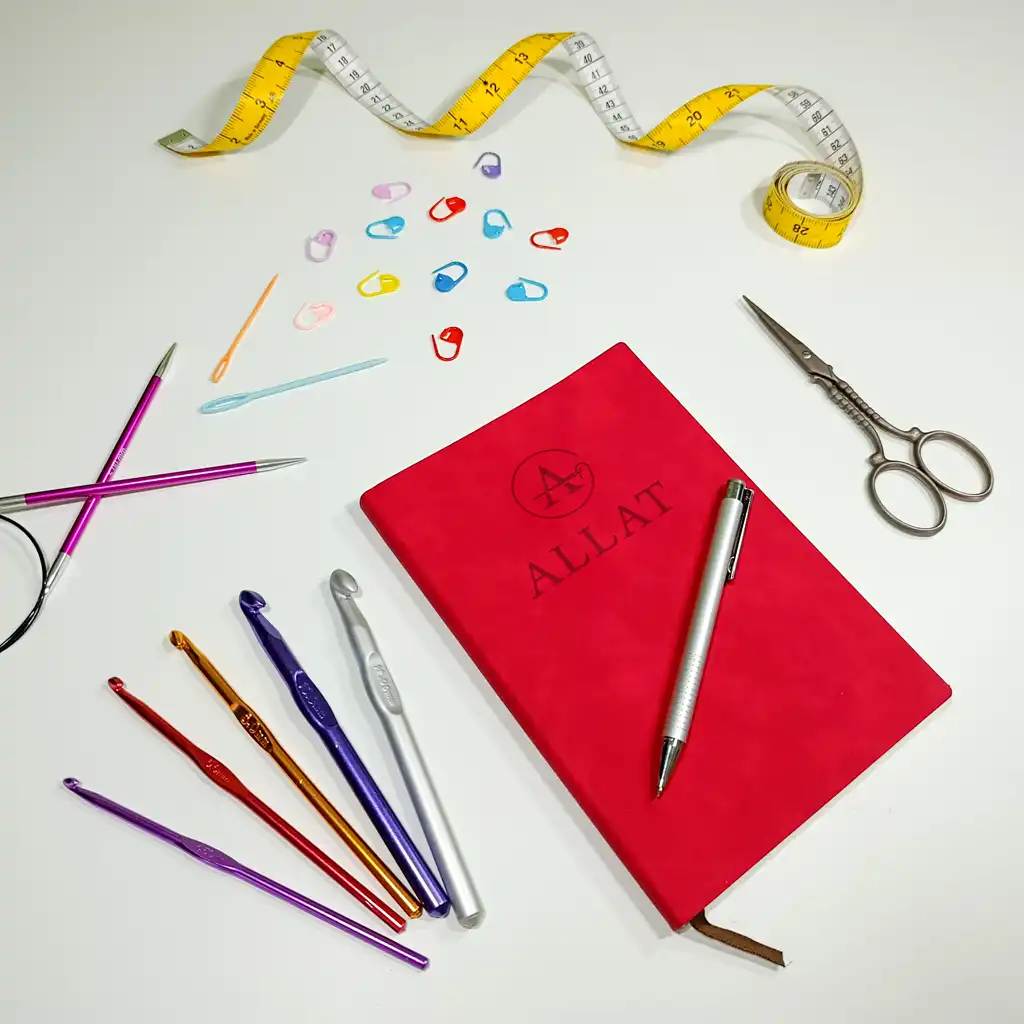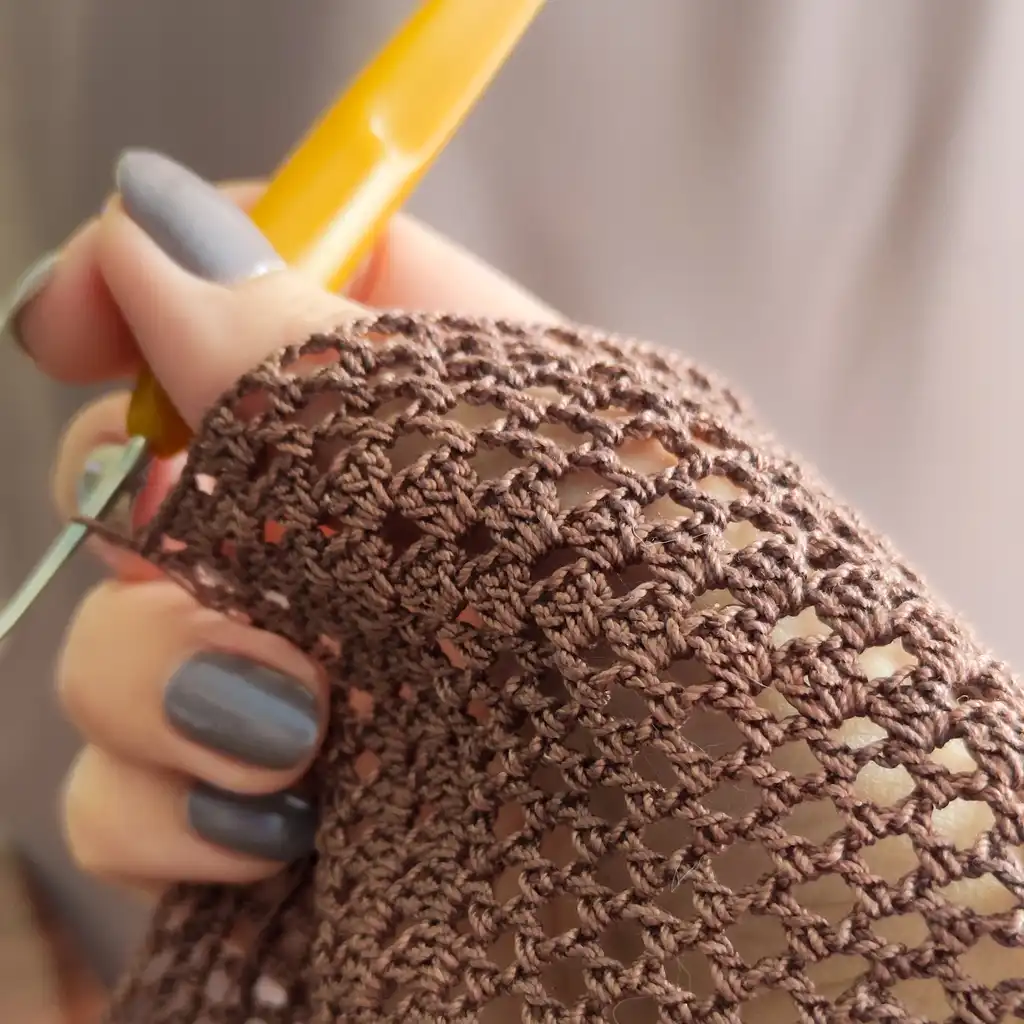Month: August 2025
How to Choose the Right Yarn for Your Knitting or Crochet Project
Choosing the right yarn for knitting or crochet is not just about picking your favorite color — it’s about how your finished project will feel, look, and last over time. The perfect yarn will match your project type, provide the right drape, and be comfortable to work with.
Below are the most important factors to consider when selecting yarn for your next handmade creation.
- Understand Yarn Weight (Thickness)
Yarn weight — lace, fingering, sport, DK, worsted, bulky, super bulky — directly affects the size, drape, and texture of your finished piece.
- Follow the pattern’s recommendation whenever possible.
- If substituting yarn, match the gauge closely to achieve the intended fit and shape.
- Remember: yarn weight doesn’t always equal yarn thickness visually — making a swatch is the best way to check.
- Check the Fiber Content
Different fibers behave differently:
- Wool – warm, stretchy, holds shape well, great for winter garments.
- Cotton – breathable, crisp, perfect for summer wear and home décor.
- Acrylic – budget-friendly, washable, ideal for beginners, but may pill over time.
- Alpaca – soft, drapey, slightly fuzzy (less definition for detailed stitches).
- Blends – combine the benefits of different fibers.
Think about purpose: Is it a cozy scarf, a summer top, or a baby blanket? Fiber choice will affect comfort, durability, and care.
- Consider Yarn Texture
Texture impacts both the look and the ease of working with yarn:
- Smooth yarns – best for cables, lace, and stitch definition.
- Fluffy, halo, or boucle yarns – add coziness but can hide stitch detail.
- Slub or novelty yarns – create unique effects but may be challenging for beginners.
Choose texture based on whether you want to show off your stitchwork or let the yarn’s personality shine.
- Pick the Right Color
Color affects stitch visibility and the final aesthetic:
- Light colors make stitches stand out.
- Dark colors can be harder to see, especially at night.
- Variegated yarns look exciting but may obscure complex patterns.
- Solid or tonal yarns are perfect for intricate designs.
If using multi-colored yarn, make a swatch to check for color pooling.
- Calculate Yardage Correctly
Skein size varies between brands, so always calculate yarn needs by yardage/meters, not just the number of skeins.
- Check the yarn label and compare it with the pattern requirements.
Buy a little extra to avoid running out mid-project — especially for hand-dyed yarns.
- Match Yarn to Project Type
Not all yarn works for all projects. Here’s a quick guide:
| Project Type | Suggested Yarn Types |
| Baby clothes | Soft cotton, bamboo, washable blends |
| Winter garments | Wool, wool blends, alpaca |
| Summer tops | Cotton, linen, lightweight blends |
| Accessories | Mohair, silk, boucle |
| Amigurumi | 100% cotton or acrylic (firm shape) |
The best yarn for knitting or crochet is the one that matches your project’s needs and makes you excited to start creating. Trust your swatch, your hands, and your creativity. Don’t be afraid to experiment — every skein is an opportunity to learn.
Happy stitching and crocheting!
5 Must-Have Tools for Every Knitter or Crocheter
Whether you’re a beginner or a seasoned maker, having the right tools makes the process more enjoyable and smooth. Here are five essentials I always keep nearby:
- Sharp scissors – for clean and precise cuts.
- Stitch markers – to keep track of repeats, joins, or rows.
- Tapestry needle – for weaving in ends easily.
- Measuring tape – because size does matter!
- Notebook or app – to track your progress, yarn details, or pattern notes.
Bonus tip: Keep everything in a small pouch or box so it’s always ready to go!
10 Things Only a Knitter (or Crocheter!) Will Understand
- “One more skein doesn’t count.” It’s for future plans, obviously.
- You have one WIP… and six more in your head. Plus one in your bag, two in a basket, and maybe one under the couch.
- You see a sweater in a store and think: “I could totally make that.”
- Normal scissors? No. Yarn scissors? Sacred. Touch them and risk your life.
- Your phone is full of yarn, stitches, and project pics. Selfies? What are those?
- Gauge swatch? Yeah… like doing warm-up stretches — you know you should, but…
- “Just one more row before bed.” Suddenly it’s 2:43 AM, but hey — the sleeve is almost done!
- Every fiber artist has a favorite yarn… and one they’ll never use again.
- Sometimes, stitch patterns come to you in dreams. Your brain never stops crafting.
- No one understands true pride like someone who’s just finished a handmade project.
Bonus points if someone says: “Wait — you made that?!”
Knitting and crochet aren’t just hobbies.
They’re a way of life — full of loops, love





 10 Things Only a Knitter (or Crocheter!) Will Understand
10 Things Only a Knitter (or Crocheter!) Will Understand  5 Must-Have Tools for Every Knitter or Crocheter
5 Must-Have Tools for Every Knitter or Crocheter  How to Choose the Right Yarn for Your Knitting or Crochet Project
How to Choose the Right Yarn for Your Knitting or Crochet Project  How to Block Knits and Crochet for Perfect Results (The Ultimate Guide)
How to Block Knits and Crochet for Perfect Results (The Ultimate Guide)
Recent Comments